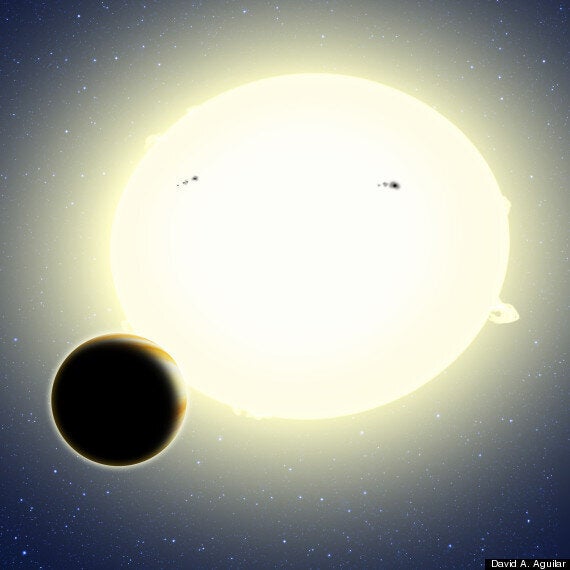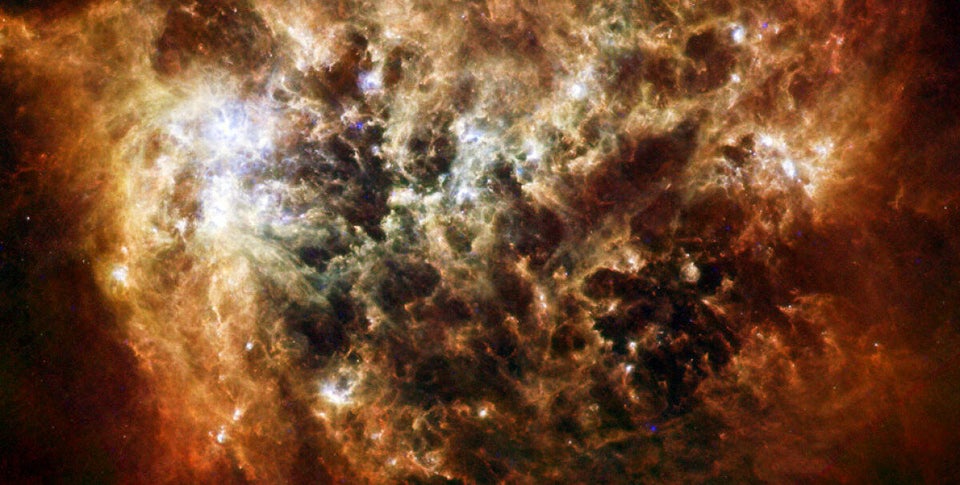Despite being over 100 years old, Einstein's theory of relativity is still inspiring advances in astronomy.
The latest breakthrough is an entirely new way of discovering alien planets, which has just been used to identify Kepler-76b - or "Einstein's Planet", as it has been nicknamed.
The latest addition to the around 800 planets known to exist outside our solar system (and the thousands more suspected to have been discovered, and the billions waiting to be found) orbits a star approximately 2,000 light-years away.

Artist's impression of Kepler-76b
It is about 25 per cent larger than Jupiter and weighs twice as much - putting it in the class of "hot Jupiter" planets.
The new technique for finding exoplanets looks for incredibly subtle changes in light reaching us from stars. The gravitational pull of the planet stretches the star slightly into a football shape and also tugs it away and towards the Earth as it orbits.
Einstein's "beaming effect" predicts the star will brighten as it moves towards us and dim as it moves away.
David Latham of the Harvard-Smithsonian Centre for Astrophysics (CFA) said: "We are looking for very subtle effects.
"We needed high quality measurements of stellar brightnesses, accurate to a few parts per million."
The CFA conducted the research with Tel Aviv University. Lead author Simchon Faigler said: "This was only possible because of the exquisite data Nasa is collecting with the Kepler spacecraft."
Although the new method can't find Earth-sized worlds using current technology, it offers astronomers a unique discovery opportunity.
CFA's Avi Loeb, said: "Each planet-hunting technique has its strengths and weaknesses. And each novel technique we add to the arsenal allows us to probe planets in new regimes."
